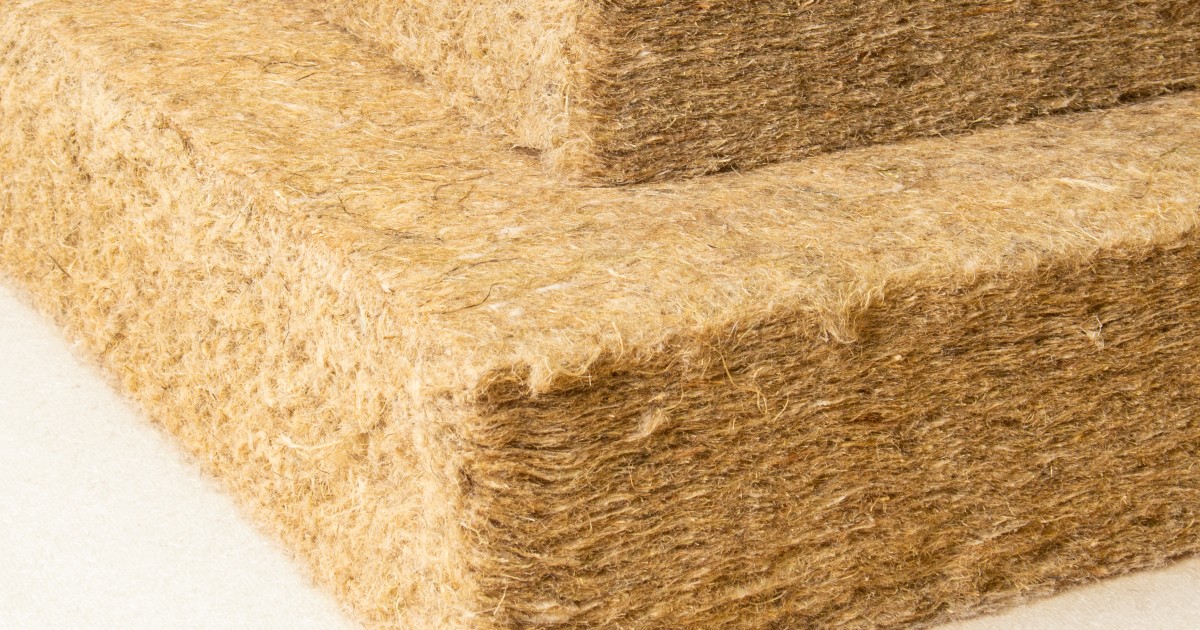Retrofitting older buildings to improve energy efficiency is an important goal, but when it comes to traditional properties, a one-size-fits-all approach can cause serious, long-term harm. Buildings constructed before 1919 rely on breathable materials and passive moisture control, so introducing modern, impermeable upgrades without care can do more damage than good.
In this post, we’ll explore how to insulate and modernize older homes without compromising their structure, character, or indoor air quality. Drawing from expert guidance by Historic England, we’ll walk you through best practices, common pitfalls, and breathable alternatives for sustainable retrofits.
Why Traditional Buildings Need a Different Approach
Unlike modern homes, which are built to be airtight and rely on mechanical ventilation, traditional buildings were constructed with solid walls made from natural materials such as earth, clay, lime, stone, and timber. These materials are vapour-permeable, allowing moisture to pass in and out of the building fabric.
This breathability is essential for the long-term health of the building. When modern interventions like cement renders, synthetic insulation, or plastic paints are applied without consideration, they can trap moisture within the walls. This leads to internal condensation, rotting timbers, and mould—ironic results for interventions that were meant to improve the home.
The Insulation Myth: Why Modern Materials Often Fail
The drive for better energy performance often begins with insulation. But using impermeable materials like fibreglass batts, PIR boards, or polystyrene foam inside traditional homes can disrupt the natural moisture flow. Water vapour that would normally diffuse through the walls becomes trapped, potentially leading to hidden dampness and decay behind the insulation.
Instead, we, and other heritage professionals, recommend breathable, hygroscopic insulation materials such as:
- Sheep’s wool – Home for Sheepwool Insulation Ireland | SheepWool Insulation
- Wood fibre boards – Woodfibre Insulation Boards
- Hempcrete or hemp insulation – Building with Hempcrete – UK Hempcrete
- Lime plasters
These not only help to regulate indoor humidity but are also biodegradable, low-carbon, and compatible with the materials already present in older homes.
Moisture Management: The Invisible Risk
According to Historic England, a key risk of energy efficiency interventions in traditional buildings is moisture imbalance. Buildings that functioned for a century with natural drying cycles suddenly begin to accumulate damp after interventions are installed. This can be especially dangerous in hidden areas such as:
- Behind impermeable internal wall insulation
- Under retrofitted floors without breathable membranes
- Beneath cement-based external renders
Not only does this damage the building fabric, but it also affects indoor air quality. A damp home is prone to mould and can become a serious health risk, particularly for children or those with respiratory issues.
Case in Point: A Breathable Retrofit Success
One notable example is the retrofit of a 1901 terraced house in St Albans. Rather than relying on synthetic solutions, the homeowners chose natural materials: wood fibre insulation, internal lime plaster, mechanical ventilation with heat recovery, and an air-source heat pump. They retained breathability, improved thermal comfort, and cut energy use by 75%—without damaging the building’s heritage or structure.
This success underscores the importance of using materials and systems that work with, not against, the natural behaviour of old buildings.
Ventilation: The Forgotten Half of the Equation
When airtightness is increased, ventilation must follow suit. Blocking draughts without providing mechanical or passive ventilation routes leads to stagnant air, excessive humidity, and pollutant buildup. Solutions include:
- Passive stack ventilation
- Humidity-sensitive mechanical extract systems
- Whole-house MVHR (mechanical ventilation with heat recovery)
The goal is to ensure that while heat stays in, moisture and stale air continue to move out.
Conclusion: Retrofit with Respect
Upgrading traditional homes for energy efficiency is not just about hitting EPC targets or saving on heating bills—it’s about protecting our built heritage while making it fit for the future. To do it well requires a measured, informed approach:
- Use breathable, natural materials
- Understand the building’s existing moisture dynamics
- Retain or improve ventilation
- Avoid quick fixes and impervious systems
- Always assess the whole building, not just isolated components
By balancing efficiency with sensitivity, we can ensure that our most cherished buildings remain not just beautiful, but functional, healthy, and sustainable for generations to come.
Keywords:
- Retrofit traditional buildings
- Breathable insulation
- Heritage home energy efficiency
- Damp in old houses
- Sustainable retrofitting
- Historic England retrofit advice
- Vapour permeable insulation
- Traditional building insulation advice
- Listed buildings survey
